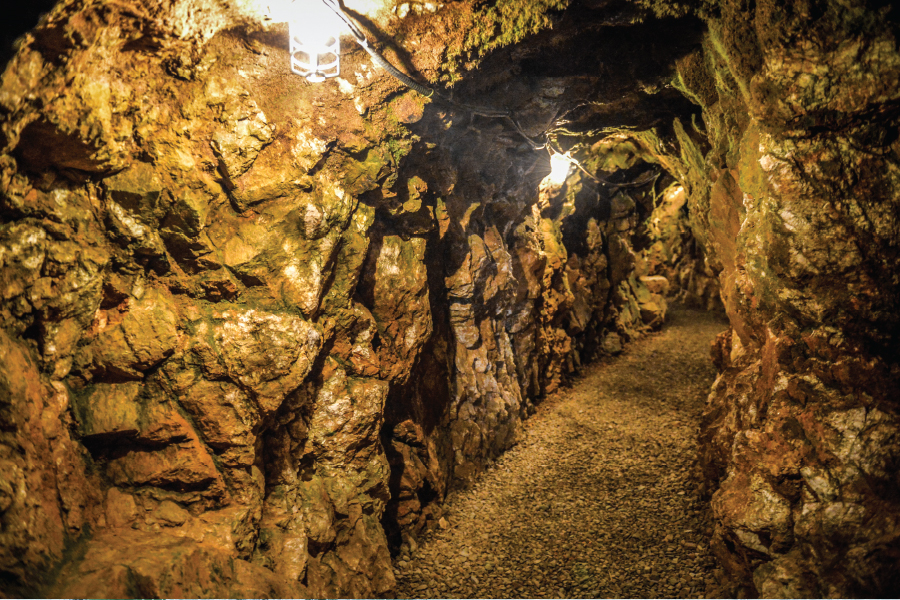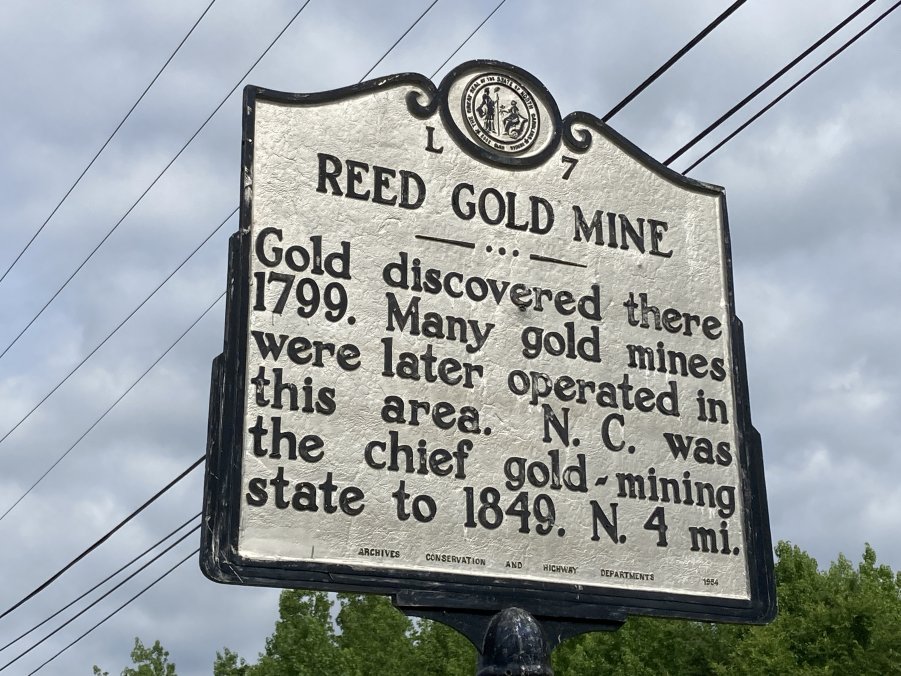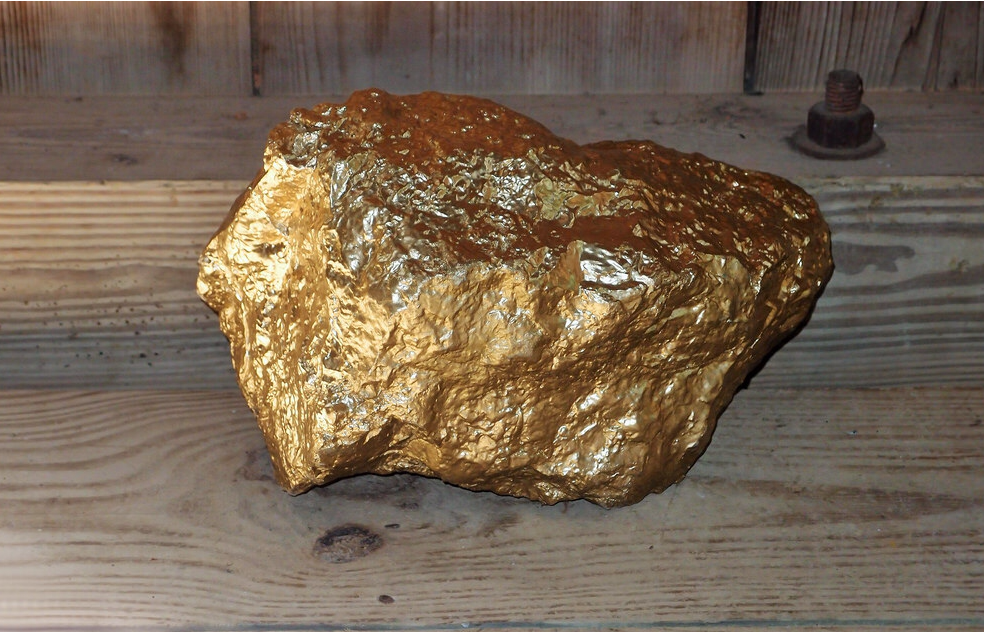Reed Gold Mine
Location:
Reed Gold Mine is the site of the first documented gold find in the United States. From this discovery, gold mining spread gradually to nearby counties and eventually into other southern states. During its peak years gold mining was second only to farming in the number of North Carolinians it employed. The estimated value of gold recovered reached over one million dollars a year. North Carolina led the nation in gold production until 1848, when it was eclipsed by the great rush to California.
A look inside of the Reed Gold Mine.

